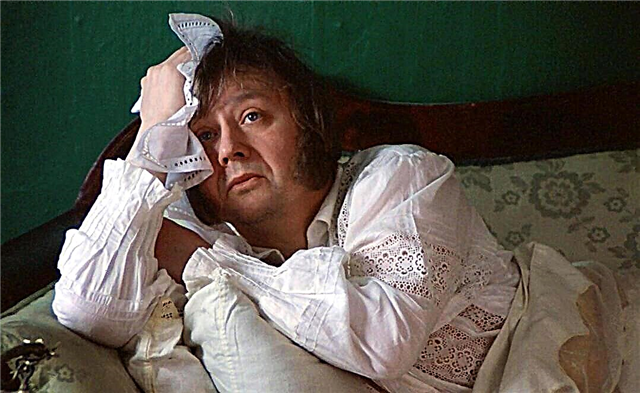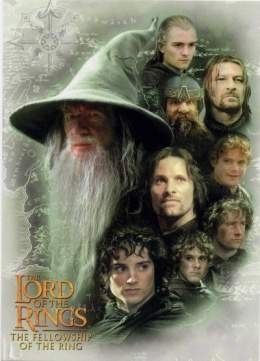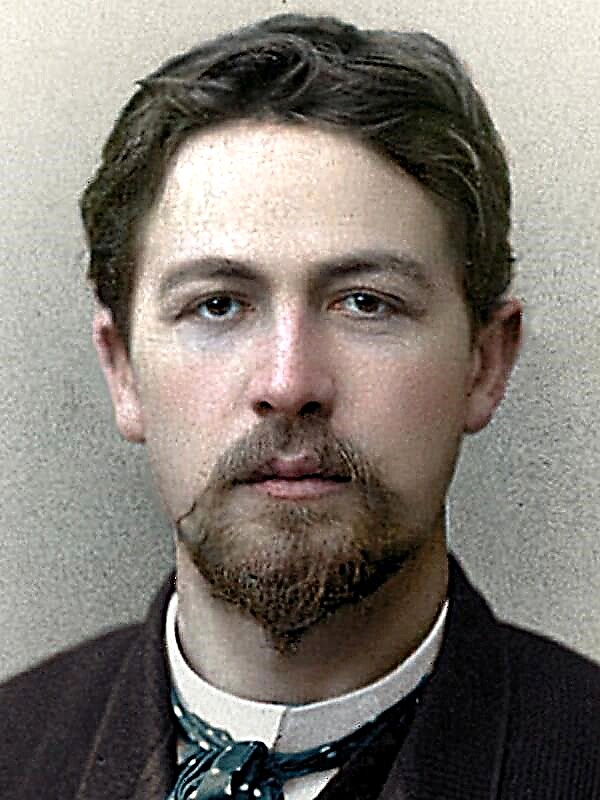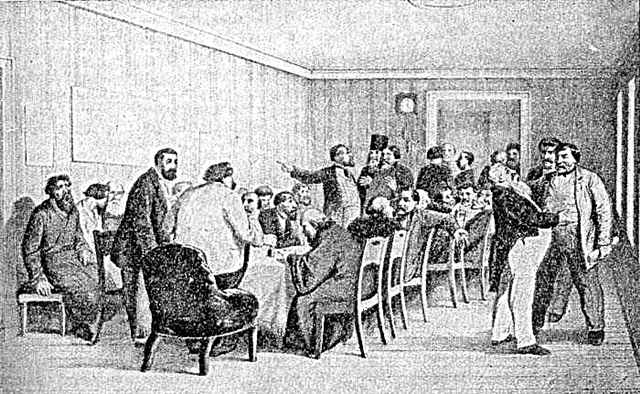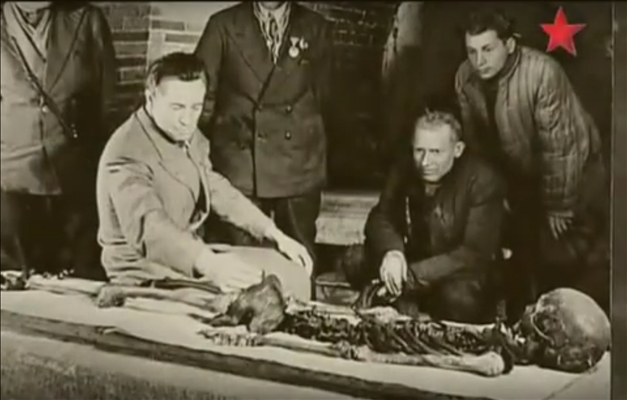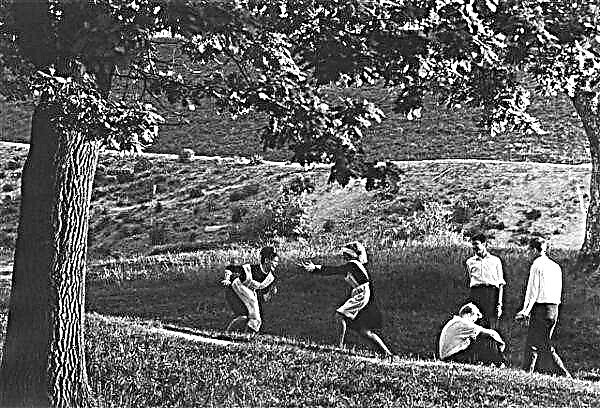The history of New York from the creation of the world to the end of the Dutch dynasty, containing among the stories of many amazing and funny events, also the inexplicable thoughts of Walter the Doubting, the disastrous projects of William the Stubborn and the chivalrous acts of Peter the Hardhead, the three Dutch governors of New Amsterdam; the only reliable story of those times of all that has ever been or will be published, written by Didrich Knickerbocker
In one of the New York hotels in 1808, a short, nimble old man settled in and lived in it for a long time, paying nothing to the owners, so that in the end they became worried and began to inquire about who he was and what he was doing. Finding out that he was a writer, and deciding that this was some kind of new political party, the hostess hinted to him about the fee, but the old man was offended and said that he had a treasure that costs more than her entire hotel. After a while, the old man disappeared, and the hotel owners decided to publish the manuscript remaining in his room in order to compensate for the losses.
Didrich Knickerbocker (that was the name of the old man) wrote The History of New York. He calls Herodotus, Xenophon, Sallust and others his predecessors and devotes his work to the New York Historical Society. Compounding his reasoning with references to ancient philosophers and historians, Knickerbocker begins his work with a description of the Earth, which looks like an orange, which once “struck her in the head that she should spin like a wayward young lady in an upper Dutch waltz”. The land consists of land and water, and among the continents and islands into which it is divided, there is the famous island of New York. When Cristobal Colon discovered America in 1492, the discoverers had to cut down forests, drain swamps and exterminate savages - so readers will have to overcome many difficulties before they can easily overcome the rest of the story. The author floridly proves that this part of the world is inhabited (the evidence of which is the Indian tribes inhabiting it), and defends the right of the first colonists to own America - after all, they zealously tried to bring it to the benefits of civilization: they taught the Indians to cheat, drink rum, swear, etc. In 1609, Hendrik Hudson, wanting to get to China, climbed the Mohegan River, later renamed the Hudson. Sailors landed in the village of Communipou and captured it, torturing the locals to death with their Lower Dutch dialect. New York, originally named New Amsterdam, grew up next to this village. Its founders were four Dutchmen: Van Cortlandt, Hardenbrook (Crepe-chestnut), Van Zandt and Ten Brook (Ten-Ten).
The etymology of the Manhattan name is also controversial: some say that it came from Man-hat-it (wearing a men's hat) and is associated with the habit of local residents to wear felt hats, others, including Knickerbocker, believe that Manna Hut means "country teeming with milk and honey. ” While the Strongman and the Ten-Man argued about how to build a new city, he grew up on his own, which made further debate about the city’s plan meaningless. In 1629, the direct descendant of King Churban, Wouter Van Twiller (Walter Doubtful), was appointed governor of the province of New Netherlands. He ate four times a day, spending an hour for each meal, eight hours smoking and doubting, and sleeping twelve hours. The times of Van Twiller can be called the golden age of the province, comparable to the golden kingdom of Saturn, described by Hesiod. Ladies in the simplicity of their morals could compete with the glorified Homer Nausicaa and Penelope. The calm arrogance or, rather, the unfortunate honesty of the government was the beginning of all the troubles of the New Netherlands and their capital. Their eastern neighbors were English Puritan immigrants who arrived in America in 1620. For talkativeness, residents of Mais-Chusaeg (Massachusetts) jokingly nicknamed them Yankees (silent people). Escaping the persecution of Jacob I, they, in turn, began to persecute heretical papists, Quakers and Anabaptists for abusing freedom of conscience, which consists in the fact that a person can adhere to religious opinions only if it is correct and coincides with the majority opinion, in Otherwise, he deserves punishment. Connecticut residents turned out to be avid squatters and first seized the land, and then they tried to prove their right to it. The lands on the Connecticut River belonged to the Dutch, who built Fort Good Hop on the banks of the river, but the arrogant Yankees planted onion plantations near the walls of the fort, so honest Dutch could not look that way without tears.
After the death of Van Twiller in 1634, Wilhelmus Kift (William the Stubborn) began to rule the New Netherlands, who decided to defeat the Yankees with the help of messages, but the messages did not take effect and the Yankees captured Good Hop, and then Oyster Bay. The word "Yankees" became as scary for the Dutch as the word "gall" for the ancient Romans. Meanwhile, on the other hand, the Swedes founded the Minnevits fortress in 1638 and assigned the name New Sweden to the surrounding areas.
Around 1643, people from the eastern country formed the Confederation of the United Colonies of New England (Amphicion Council), which was a mortal blow for William the Stubborn, who believed that it was created to expel the Dutch from their beautiful possessions. After his death in 1647, Peter Styvesant became governor of New Amsterdam. He was nicknamed Peter Tverdogolov, "which was a great compliment to his mental abilities." He concluded a peace treaty with his eastern neighbors, and the peace treaty was “a great political evil and one of the most common sources of war,” for negotiations, like courtship, are a period of kind speeches and gentle caresses, and the treaty, like a marriage ceremony, serves as a signal to hostile actions. As the eastern neighbors began to fight the witches, they were not up to the New Netherlands, and Peter Styvesant took advantage of this to put an end to the attacks of the Swedes. General Vaughn-Poffenburg built a formidable fortification in Delaware - Fort Cashmere, named after short greenish-yellow trousers that the governor especially loved. Swedish governor Riesing visited Fort Cashmere and, after a feast arranged by Vaughn Poffenburg, captured the fort. The valiant Peter Stive Sant began to gather troops to lead them to Fort Cashmere and expel the Swedish merchants from there. Having besieged the fort, the troops of Peter began to torment the ears of the Swedes with such monstrous music that they preferred to surrender. According to another version, the surrender requirement was drawn up in such a courteous form that the Swedes could not refuse to fulfill such a polite request. Peter the Great-headed wanted to conquer all of Sweden and marched on Fort Christina, who, like the second Troy, withstood the siege for ten whole hours and was finally captured. New Sweden, subjugated by the victorious Peter Stai Vesant, was relegated to the position of a colony called the South River. Peter then traveled to an eastern country and found out that England and New England wanted to take over the province of New Netherlands. The inhabitants of New Amsterdam greatly strengthened the city with decrees, because the authorities decided to defend the province in the same way that Pantagruel defended his army by covering it with his tongue. Peter returned to New Amsterdam and decided not to surrender the city without a fight. But the enemies spread an appeal among the people, in which they reproduced the conditions presented by them in the demand for surrender; these conditions seemed acceptable to the people, and despite Peter's protests, he did not want to defend the city. Brave Peter had to sign a surrender. There are no events that cause a sensitive historian such grief as the decline and destruction of famous and powerful empires. This fate befell the empire of the High-Power Gentlemen in the famous capital of Manhathez under the direction of the peace-loving Walter of the Doubtful, irritable William the Stubborn and chivalrous Peter the Firmheaded. Three hours after the surrender, a detachment of British soldiers entered New Amsterdam. The entire space of North America from Nova Scotia to Florida has become the sole possession of the British Crown. But the fragmented colonies united and became powerful, they threw off the yoke of the metropolis and became an independent state. As for how Peter Styvesant ended his days, in order not to witness the humiliation of his beloved city, he retired to his estate and lived there until the end of his days.

